In the dimly lit, unmarked corners of New York City’s SoHo or the discreetly repurposed lofts of San Francisco, a quiet revolution in American dining is unfolding. This is the world of the underground supper club, a phenomenon that has rapidly evolved from a fringe subculture into a sophisticated social and culinary movement. Far from the traditional restaurant experience, these clandestine gatherings, often referred to as "Supper Clubs," offer a unique blend of gourmet food, intimate social interaction, and theatrical performance, redefining what it means to share a meal.
The concept itself is not entirely new, with roots tracing back to the Prohibition-era speakeasies where secrecy and exclusivity were born of necessity. However, the modern American iteration is less about circumventing the law and more about creating an alternative to the often impersonal and transactional nature of contemporary restaurant culture. It is a deliberate pushback against the noise, the rushed service, and the standardized menus. Instead, supper clubs prioritize connection—connection to the food, its story, its creator, and to the strangers who become tablemates for an evening.
At the heart of every supper club is the chef, though "culinary artist" or "experience curator" might be more apt titles. These are frequently industry veterans or passionate amateurs who have grown disillusioned with the high overhead, creative constraints, and relentless pace of the commercial kitchen. Operating a supper club from a home kitchen, a rented art studio, or even a pop-up location grants them unprecedented freedom. There is no corporate menu to adhere to, no demanding investors to please, and no online review bomb to constantly fear. This liberation allows for a pure, undiluted expression of their culinary vision. Menus are deeply personal, often hyper-seasonal and locally sourced, telling a story of the chef's heritage, travels, or current culinary obsessions. A single evening’s theme might be "A Night in Oaxaca," "Forgotten Heirloom Vegetables," or "Symphony of Umami," each course a carefully composed act in a larger gastronomic narrative.
The operational model of these clubs is a study in modern, agile entrepreneurship. The digital age is their lifeblood. Instagram, dedicated websites, and private email listservs have replaced the whispered password and secret knock of the 1920s. Prospective guests might follow a chef for months, eagerly awaiting the announcement of the next event. Reservations are typically secured through a ticketing system, with prices set to cover high-quality ingredients and the chef's labor, often ranging from $100 to $200 or more per person. This direct-to-consumer approach cuts out the middleman, allowing chefs to earn a better living while offering a premium experience at a price point that, while not cheap, often provides greater value than a comparable meal at a high-end restaurant.
Yet, to view the supper club solely through a culinary lens is to miss half of its appeal. The social dimension is equally, if not more, critical. Unlike a restaurant where tables are isolated islands, supper clubs are designed to force interaction. Guests invariably dine at a single, large communal table. This setup, which could be awkward in any other context, here feels natural and exhilarating. The shared experience of discovering a hidden location, the anticipation built by a mysterious menu, and the spectacle of the cooking process itself serve as powerful social lubricants. Conversations spark easily between bankers, artists, students, and tourists, all united by a sense of adventure and a love of good food. Lifelong friendships and business partnerships have been forged over a shared platter of slow-roasted lamb and a glass of natural wine.
The very illegality or semi-legality of many supper clubs—operating in a grey area of zoning and health codes—adds a potent layer of thrill. This element of risk, however minor, fosters a powerful sense of community and trust among attendees. They are not merely customers; they are co-conspirators in a delicious secret. This creates an "in-group" feeling that is highly coveted in an increasingly anonymized world. The host, in turn, often dines with the guests, explaining each dish, sharing stories behind the ingredients, and fostering a warm, convivial atmosphere more akin to a dinner party at a friend's incredibly well-appointed home than a commercial transaction.
The impact of this movement extends beyond the dining room. Supper clubs have become vital incubators for culinary talent and innovation. They provide a low-risk sandbox for chefs to experiment with radical techniques, unusual ingredient pairings, and entirely new business models without the crippling fear of failure that accompanies a brick-and-mortar launch. Many of today's most celebrated restaurants and food trends can trace their genesis back to a series of successful pop-up dinners. Furthermore, they champion hyper-locality and sustainability in a tangible way. Chefs form direct relationships with nearby farmers, fishermen, and foragers, often designing their menus around what is most fresh and abundant that very week, drastically reducing food miles and waste.
Of course, the model is not without its challenges. The lack of formal regulation raises valid concerns about food safety and liability. Scaling the experience is a paradox; the intimacy and exclusivity that define it are inherently at odds with mass appeal. As certain clubs gain fame and a cult following, the very authenticity and accessibility that fueled their rise can be threatened by high demand and skyrocketing prices.
Nevertheless, the American supper club represents a significant and enduring shift in the gastronomic landscape. It is a testament to a growing desire for authenticity, community, and narrative in our consumption. In a world of endless digital connection and analog isolation, these gatherings offer a tangible, memorable, and deeply human experience. They prove that a meal can be more than just sustenance; it can be a form of theater, a act of community building, and a powerful platform for culinary art, all served up on a communal plate under the radar of the conventional dining scene.
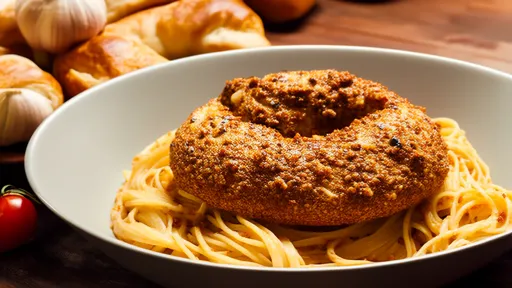
By /Aug 20, 2025

By /Aug 20, 2025
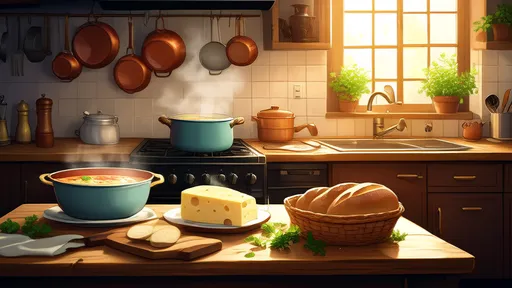
By /Aug 20, 2025
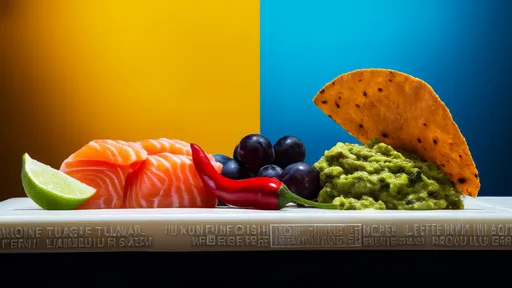
By /Aug 20, 2025

By /Aug 20, 2025

By /Aug 20, 2025
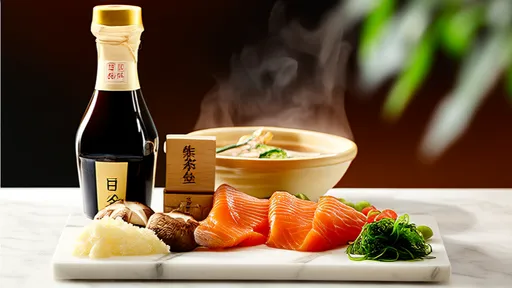
By /Aug 20, 2025

By /Aug 20, 2025

By /Aug 20, 2025

By /Aug 20, 2025
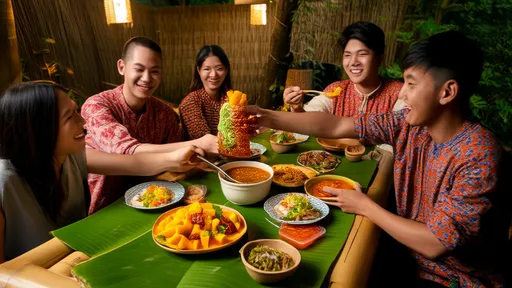
By /Aug 20, 2025
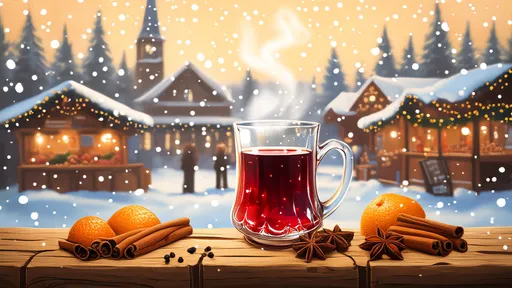
By /Aug 20, 2025
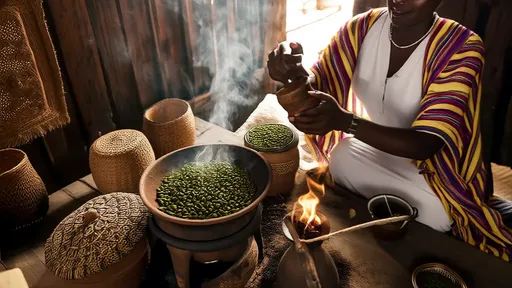
By /Aug 20, 2025
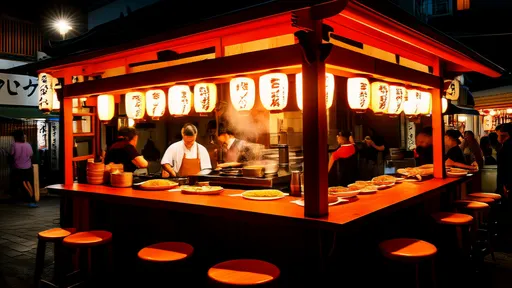
By /Aug 20, 2025
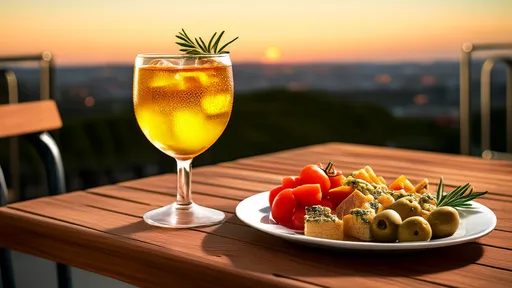
By /Aug 20, 2025

By /Aug 20, 2025
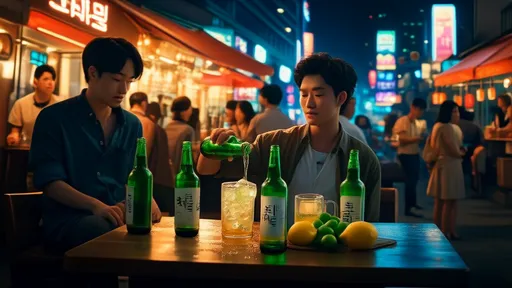
By /Aug 20, 2025

By /Aug 20, 2025
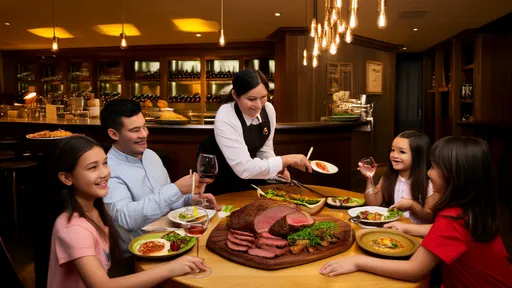
By /Aug 20, 2025

By /Aug 20, 2025